Describe How Living Things Use Anaerobic Respiration to Generate Energy
These molecules have a lower reduction potential than oxygen. The production of energy requires oxygen.

Process Of Cellular Respiration In Bacteria Video Lesson Transcript Study Com
In fermentation the only energy extraction pathway is glycolysis with one or two extra reactions tacked on at the end.
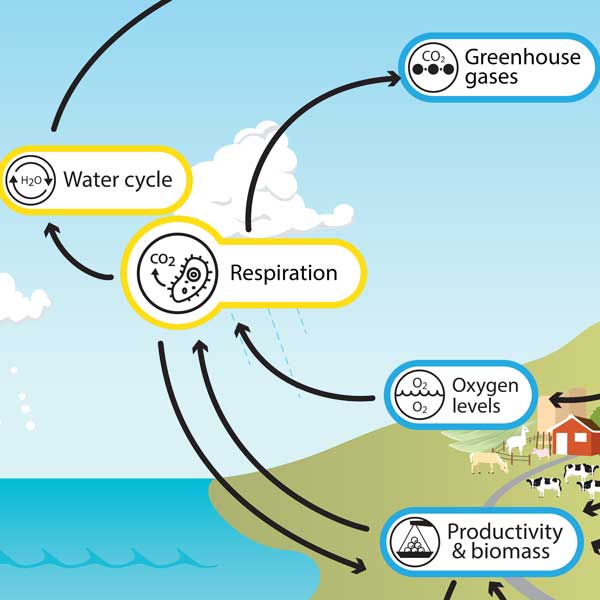
. Anaerobic respiration is similar to aerobic respiration except the process happens without the presence of oxygen. However anaerobic organisms use either fermentation or anaerobic cellular respiration to produce ATP. Organisms use energy transferred by respiration.
The anaerobic respiration is the oldest method of cellular respiration. Some plants and animals can generate ATP anaerobically for short periods of time. Some bacteria use anaerobic respiration to generate ATPInstead of oxygen these microbes can use molecules like nitrate as an electron acceptorIndeed during the process of denitrification nitrate can be completely reduced to nitrogen gasDenitrification is an important means to enable nitrogen cycling in the biosphereOrder the following nitrogen-containing compounds.
In bacteria the main products of anaerobic respiration include ethanol ATP and lactic acid. When the cytoplasm is unavailable for cellular respiration. Anaerobic processes including fermentation also occur in organisms that use cellular respiration such as in human muscles but these anaerobic processes do not generate energy as efficiently as aerobic pathways.
It is the release of a relatively small amount of energy in cells by the breakdown of. In animals lactic acid is produced. This type of respiration primarily works by fermentation which is also known as glycolysis.
1 To build up larger molecules from smaller ones like proteins from amino acids 2 In animals its used to allow the muscles to contract so they can move about 3 In mammals and birds the energy is used to keep their body temperature steady in colder surroundings. The total energy yield per glucose oxidized is less than with aerobic respiration with a theoretical maximum yield of 36 ATP or less. The phosphagen system utilizes stored ATP and creatine phosphate CP to generate energy significantly faster than the aerobic or anaerobic system.
This can only be found in the cytoplasm. Contrary to popular belief multicellular organisms including humans use anaerobic respiration to produce energy though this only happens when the muscles do not get adequate oxygen due. Anaerobic respiration occurs when no oxygen is required for the process.
The main products generated by the two types of anaerobic respiration are in humans ATP lactic acid carbon dioxide. Correct answer to the question Describe how living things use anaerobic respiration to generate energy. This process called lactic acid fermentation does not generate more energy.
This method still incorporates the respiratory electron transport chain but without using oxygen as the terminal electron acceptor. Anaerobic respiration is used to generate energy in environments with little or no oxygen. Even though anaerobic respiration is only able to provide enough energy for a few minutes it produces it very quickly.
Thus it is very useful in intense exercises that last 10s to a around four minutes. With anaerobic respiration in humans the pyruvate molecules generated during glycolysis are converted into lactate. Forms of cellular respiration that do not require oxygen are called.
Some plants and animals can generate ATP aerobically f or short periods of time. What cycle does anaerobic respiration use. In this form of respiration gases are not exchanged.
Anaerobic respiration uses fermentation to create ATP and though it creates less energy than aerobic respiration it is still useful. Some plants and animals can generate ATP anaerobically for short periods of time. When the Krebs cycle is moving too slowly C.
However many organisms have developed strategies to carry out metabolism without oxygen or can switch from aerobic to anaerobic cell respiration when oxygen is scarce. When do organisms use anaerobic pathways to generate energy. All living cells respire in order to exist although the substrate that they use may vary.
The process of glycolysis results in pyruvic acid molecules that are then either used in lactic acid fermentation or alcoholic fermentation. Glucose splits here into ethyl alcohol carbon dioxide and energy. Fermentation and cellular respiration begin the same way with glycolysis.
Consequently the by-products of this process are lactic acid and ATP. Instead molecules such as sulfate SO 4 2- nitrate NO 3 or sulfur S are used as electron acceptors. When there is not enough oxygen available to undergo aerobic cellular respiration B.
For example some anaerobic bacteria that live deep in mud in swampy areas use a sulfate ion instead of oxygen and hydrogen sulfide is produced as a byproduct rather. Some plants and animals can generate ATP aerobically f or short periods of time. In plants ethanol and carbondioxide is produced.
In this case an atom other than oxygen is the final electron acceptor. Living things use anaerobic respiration when performing tasks that require fast energy for short distances such as sprinting. When glucose is available as a reactant D.
All living cells respire in order to exist although the substrate that they use may vary. Like aerobic respiration anaerobic respiration involves glycolysis a transition reaction the citric acid cycle and an electron transport chain. Forms of cellular respiration that do not require oxygen are called anaerobic.
Unlike aerobic respiration anaerobic respiration does not need oxygen. The electron transport chain where the majority of ATP is formed requires a large input of oxygen. Many single celled primitive organisms which inhabit in places and environments lacking oxygen such as the muddy bottom of a river use this form of respiration for living.
Bacteria that use anaerobic respiration also live in the stomachs of animals such as cows and sheep and help to break down the grass they eat. Anaerobic respiration is the formation of ATP without oxygen. This type of respiration is used by smaller organisms such as bacteria and yeast.
However it does replenish some of the cofactors needed to keep the process of glycolysis going during anaerobic respiration. Anaerobic respiration is the process whereby living things such as animals produce energy in the absence of oxygen glucose in the body produces lactic energy and hence energy is released. Aerobic respiration requires oxygen.
Thus less energy is. Fermentation is another anaerobic non-oxygen-requiring pathway for breaking down glucose one thats performed by many types of organisms and cells.

Energy And Metabolism Openstax Biology

Core Bio Exam 3 Flashcards Quizlet

Respiration Understanding Global Change
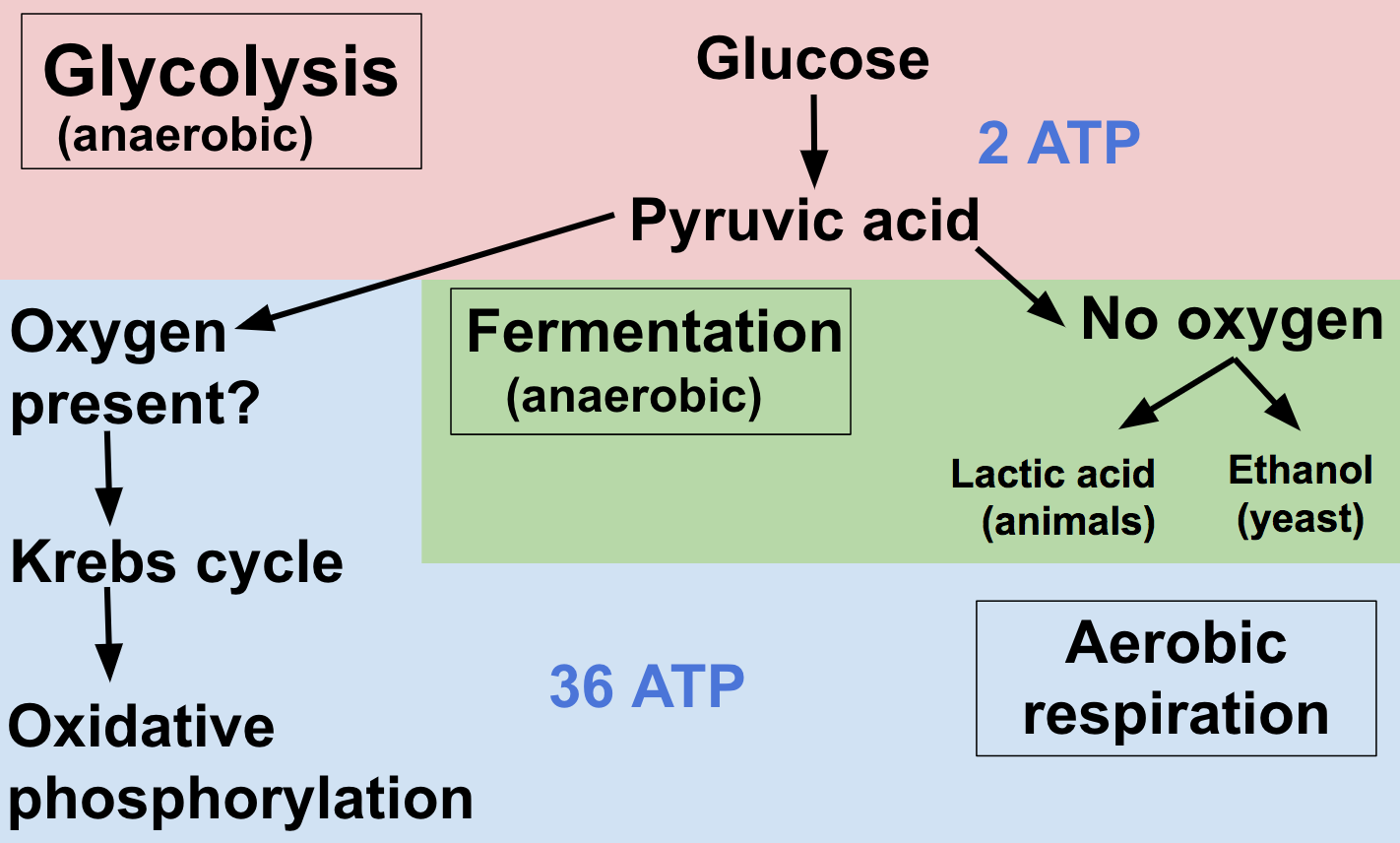
Cellular Respiration Review Article Khan Academy

Anaerobic Respiration Atp New Fuels And Yogurt Without Oxygen Ck 12 Foundation

Anaerobic Respiration Equation Reaction Examples Types Of Anaerobic Respiration Video Lesson Transcript Study Com
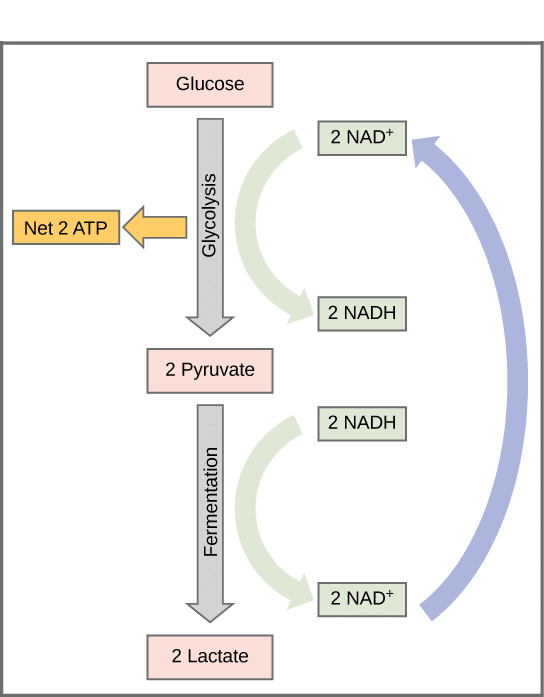
Anaerobic Respiration Process Regulation Teachmephysiology

Anaerobic Respiration The Definitive Guide Biology Dictionary
Cellular Metabolism And Fermentation
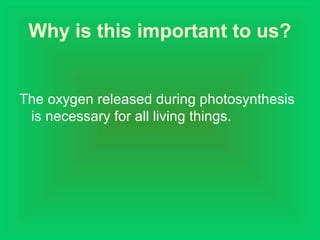
Photosynthesis And Cellular Respiration

Where Does Aerobic Respiration Take Place Questions House

Anaerobic Respiration Ck 12 Foundation

Anaerobic Respiration Advanced Read Biology Ck 12 Foundation

Lesson Video Anaerobic Respiration Nagwa
Glycolysis Doesn T Need Oxygen To Produce Atp And So Does Fermentation Which Means Without Oxygen The Body Is Still Able To Produce Atp So By That Can An Organism Still Live Without

Organisms That Use Cellular Respiration Video Lesson Transcript Study Com

Respiration Understanding Global Change

Cellular Respiration Definition Equation Cycle Process Reactants Products Britannica
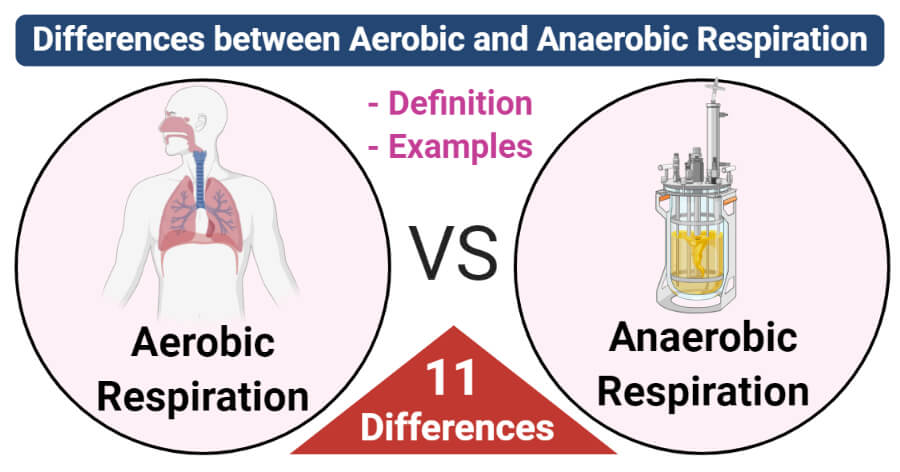
Aerobic Vs Anaerobic Respiration Definition 11 Differences Examples
Comments
Post a Comment